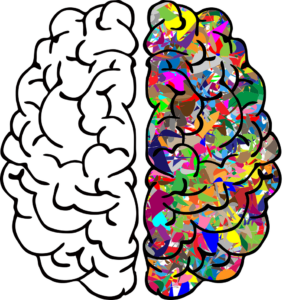 As the Cyberlaw Clinic has continued to deepen its practice in AI-generated art (and as AI art has increasingly cropped up in the news), it’s become clear that developers and artists are looking for guidance on how to handle rights in these new works. Clinical Instructors Jessica Fjeld and Mason Kortz have previously written about how to conceptualize the anatomy of AI art for rights purposes; translating that theory into practice was an obvious next step, and today marks the release of a new set of templates created with input from Sarah Schwettmann and SJ Klein of MIT.
As the Cyberlaw Clinic has continued to deepen its practice in AI-generated art (and as AI art has increasingly cropped up in the news), it’s become clear that developers and artists are looking for guidance on how to handle rights in these new works. Clinical Instructors Jessica Fjeld and Mason Kortz have previously written about how to conceptualize the anatomy of AI art for rights purposes; translating that theory into practice was an obvious next step, and today marks the release of a new set of templates created with input from Sarah Schwettmann and SJ Klein of MIT.
We’ve launched the template project with agreements for the two most common situations:
- A license template, for when someone undertaking an AI art project wants to use existing works of art (music, visual art, writing, etc.) as inputs for their system, for example as training data
- A collaboration agreement template, for when two or more people are working together to build, train, and run an AI art system
The templates are accompanied by a how-to guide, which explains the choices that the template authors made in drafting the agreements, and what additional information users will need to provide.
While AI art projects often produce cutting-edge, boundary-blurring results, the community that produces them is collaborative and interdependent. For this reason, the templates encourage (but do not require) parties participating in the creation of these works to open-source their outputs, under Creative Commons or comparable licenses.
The licenses are themselves released under a CC0 public domain dedication, and we hope users will iterate on them and share useful changes back with the community through Github.
